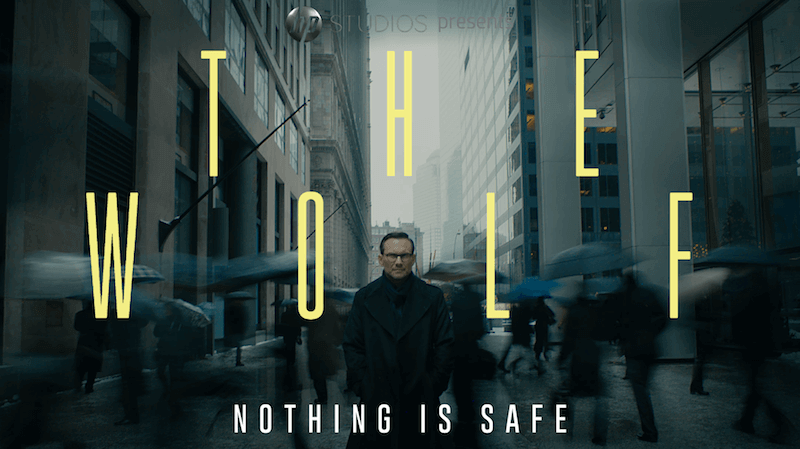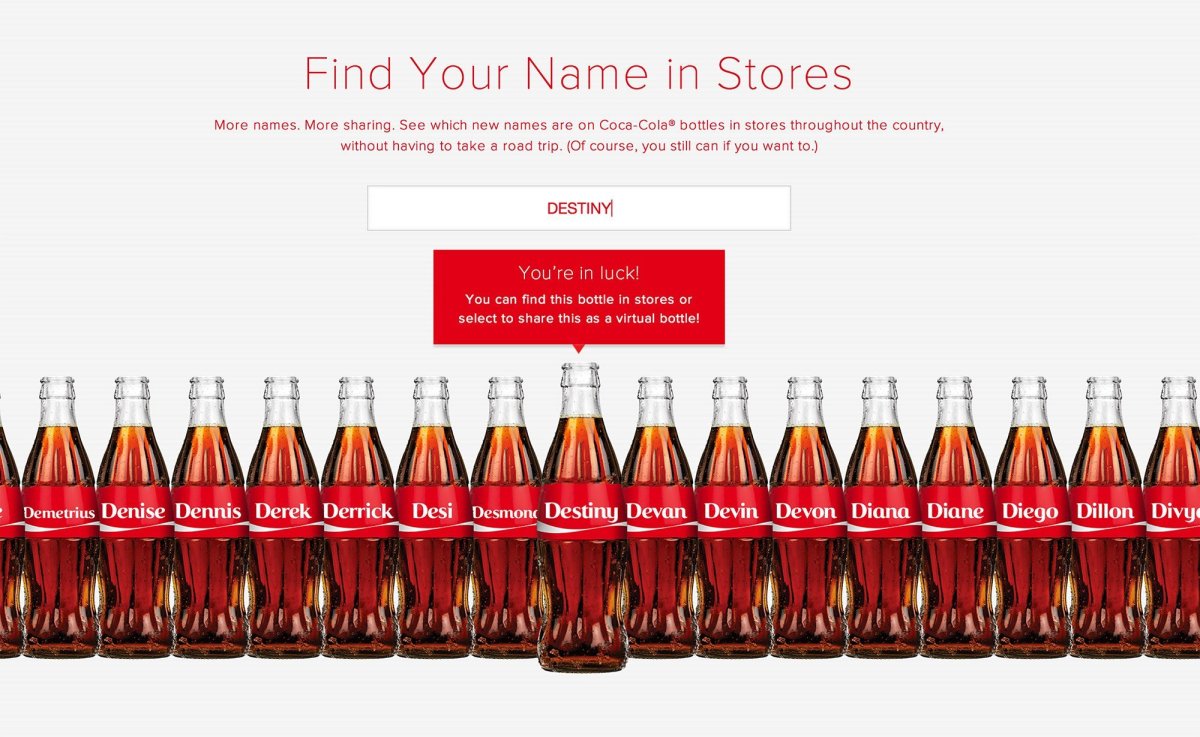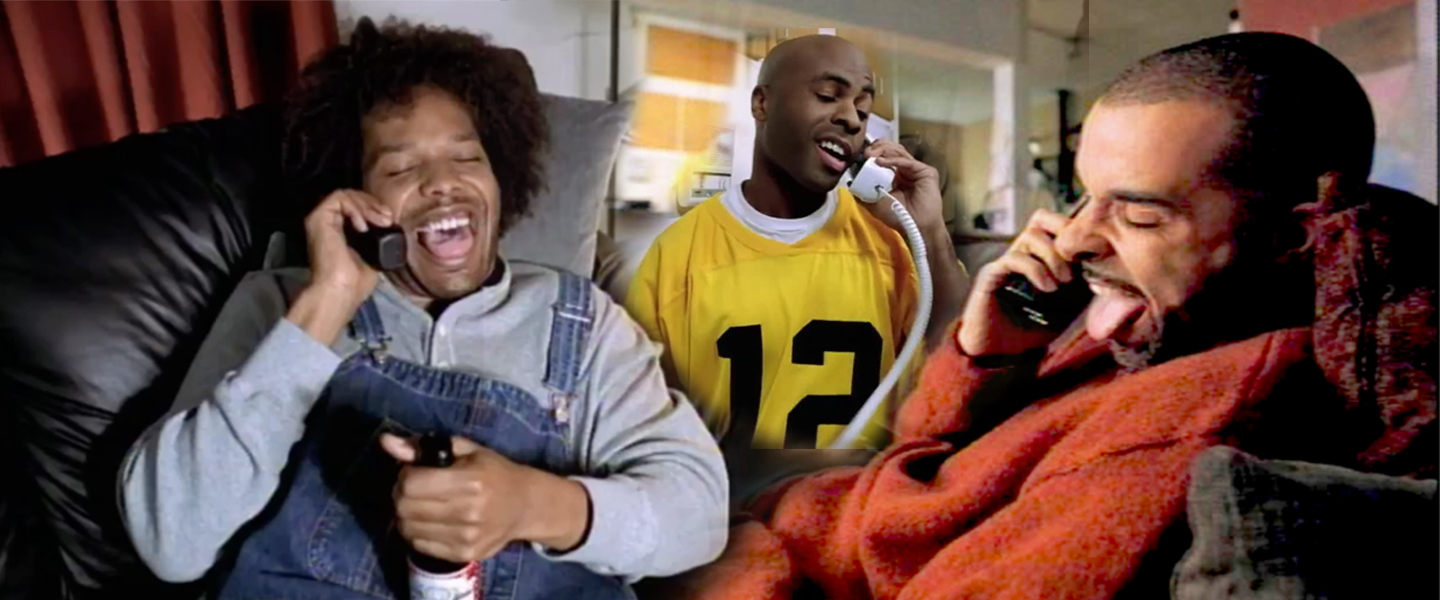What will enthral the customers? I am yet to come across a marketer who is not inflicted by this question. In their quest to pull the audience in, marketers all over the world have come up with some iconic marketing campaigns. And will continue to do so. However, for over a decade now, marketing professionals are empowered with data which allows them to do something out of the norm unlike the yesteryears when brands had to feature pin-up girls, fast-paced automobiles and other glitzy avenues to dazzle the audience which is so perfectly done by the top marketing campaigns examples across the globe.
Why is the customer’s data important to create a marketing campaign?
What role does data play in creating an iconic marketing campaign?
Isn’t it all about innovation and ideas?
Creating an inspiring and unforgettable marketing campaign sure requires creativity, however, it is likely to tank unless it is backed with some heavy research about what your audience prefers.
And this is where data comes into play.
Data allows marketers to gain a better insight into the customers’ emotions, preferences, mindset, habits and what will drive them to buy the product. Some of the most popular marketing campaigns examples of all time leveraged the data they collected on their audience and understanding the nerve of the audience presented their audience a binding narrative. A narrative is what customers seek out before purchasing the product.
Gone are the days when pretty pictures were enough to drive marketing traffic, now the audience is advanced and think beyond mere visual aesthetics.
Have a look at these top 10 most iconic marketing campaigns example of all time. We will discuss how they crafted a gripping narrative and what you can learn from it.
1. IBM Watson: Cognitive Computing
IBM Watson is touted to be one of the world’s largest tech companies. However, it is not as celebrated as Apple or Google due to the lack of flashy appeal. That said, for the launch of their groundbreaking product IBM Watson, they jumped to unfamiliar territory and came up with a more creative visual marketing campaign.
Why did it work?
IBM realised that to make their B2B product a household name they would have to feature celebrities who are already a household name. Thus, they leveraged the brand power of celebrities like Stephen King and Bob Dylan as well as collaborated with high-end fashion house Marchesa.
They did not use celebrities just for the face value. In the campaign, IBM shows a gamut of capabilities of their product and how it works within the industries.
By letting go of tech jargons and using pop-culture references, they made the explanation of something as complex as cognitive computing considerably easy.
The campaigns were not dragged out and conveyed the whole message in a snappy manner.
How can you replicate this marketing campaign?
To begin with, when you are marketing a complex technology, try to use a familiar spokesperson and references to familiar aspects to help your prospects feel more comfortable with your product.
However, it is difficult for every business to splurge out the exorbitant amount on world-famous celebrities. In that case, you can use social media influencers who have a huge influence on their audience.
2. HP: The Wolf
Creating an iconic marketing campaign is not something new to HP. The American multinational information technology company did something akin to what IBM did with their IBM Watson marketing campaign. They leveraged the star power of well-known actor Christian Slater and made sure that their marketing campaigns looked more like a movie rather than the monotonous cybersecurity software ad.
Why did it work?
The fact that Christian Slater starred in a similar role in hit TV show Mr Robot added a level of familiarity which worked well in their favour.
Their act of cinematic storytelling which was relevant to their product grabbed eyeballs.
To add more information but not annoy the audience with a too-long video, they created an interactive landing page that articulated additional relevant information about the product and video series.
How can you replicate this marketing campaign?
HP clearly shows that B2B marketing campaigns don’t have to be bland. You can build connections with social media influencers if swanky celebrities are out of your reach. Build a storyline around your product and don’t be afraid to try out something new. Something radically different might end up piquing your customer’s attention even more.
3. Coke: Share a Coke
Big brands are especially hard-pressed to do something big because it is expected of them. And Coke’s “Share a Coke” campaign was just that – really big and groundbreaking. The Share a Coke campaign began in Australia in 2011. The company personalised each Coca-Cola bottle by etching 150 most popular names on the Cola bottle. Seeing the wonderful reception, the U.S. Cola market soon followed suit.
Why did it work?
Coca-Cola enchanted their audience and gave off the air of reliability with the Cola bottle. Their customers were either impressed by it and some were downright confused. Even confusion worked in their favour as customers flocked to purchase their Cola bottle.
By making a temporary item like a Cola-Cola bottle personal, the company leveraged on the customer’s sense of ownership. And even if the name on the bottle isn’t yours — it compels you to share your bottle with someone with the same moniker.
How can you replicate this marketing campaign?
It is worthy to note how Coca-Cola touched people’s nerve by adding a touch of ownership to their product. Make sure that your audience has a sense of familiarity and ownership towards the product before even buying it.
4. Always: #LikeaGirl
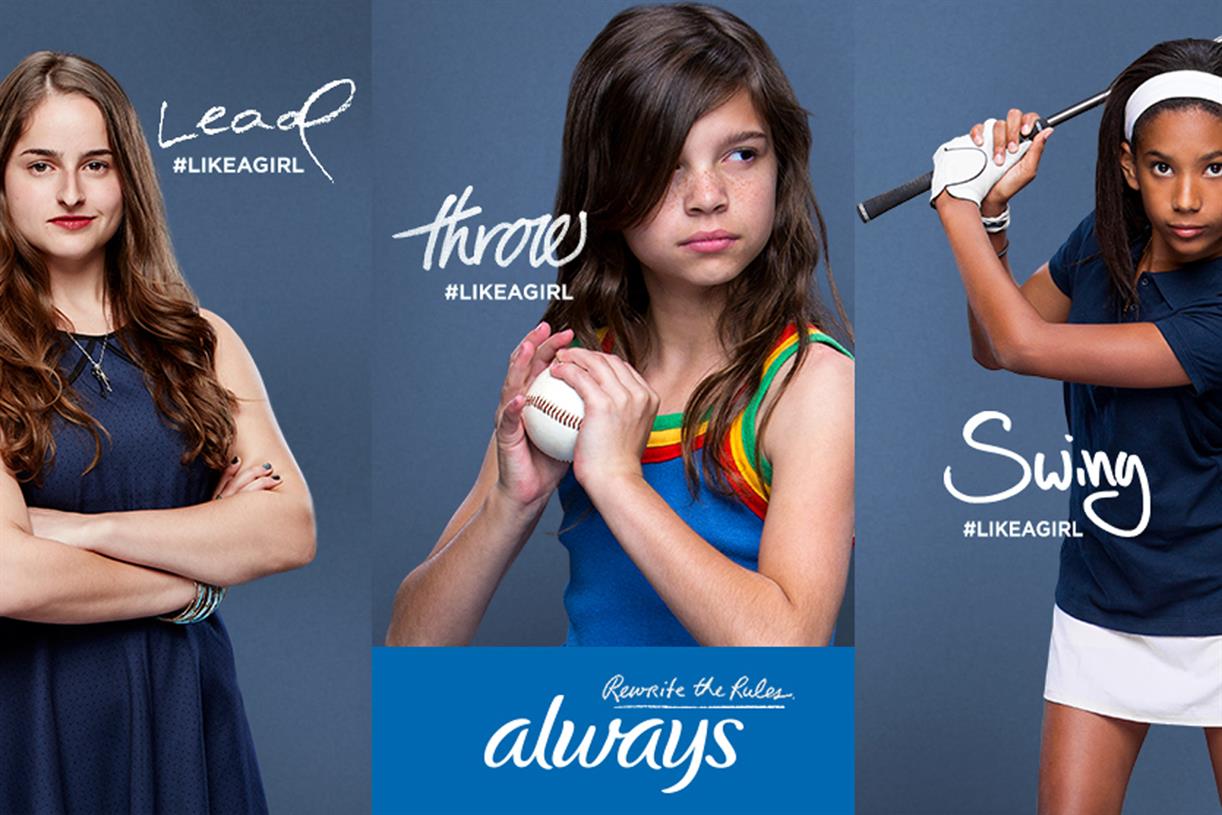
The marketing campaign by “Always” touched upon the stigma attached to playing sports “like a girl”. The commercial dispelled every notion people had about the boy’s way of playing sports is better or any different. Unsurprisingly, the hashtag “#LikeaGirl” is still somewhat prevalent on social media channels.
Why did it work?
Always sensed the inner feelings of their target audience that barged out in full swing after having a look at the commercial.
In a way, with their marketing campaign, Always supported their audience in a cause important to them which made them a hero overnight.
How can you replicate this marketing campaign?
Just like Always, you should try to acknowledge the cause your audience is connected with or cares about. You should try to create your marketing campaign around the struggles that your audience face and take a stand for them. Once you take a stand for them, they are likely to turn into your lifetime customer.
5. Metro Trains: Dumb Ways to Die
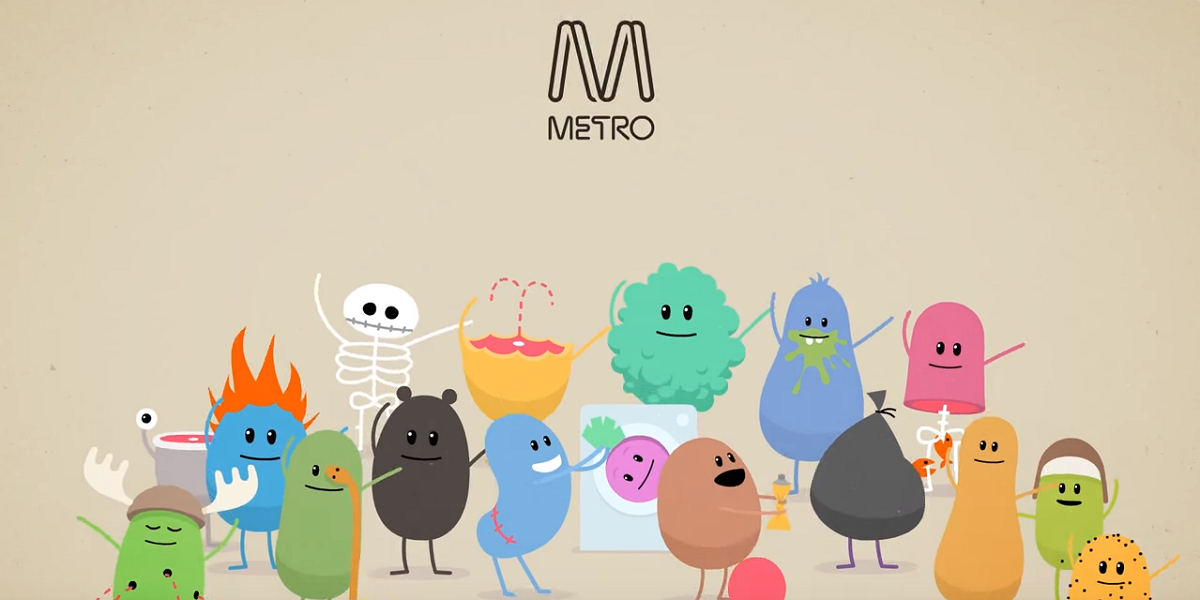
In Melbourne, Australia, Metro Trains wanted to get across a simple message: No fooling around near train tracks. Horsing around the railway tracks could to severe damage and injuries, or in some cases, even death. However, rather than following the typical path of conducting a campaign that entails distributing typical warning signs or announcement, Metro trains came up with this wonderful marketing campaign – Dumb Ways To Die.
The commercial includes adorably quirky animated characters dying in the dumbest ways possible. For example, the characters are shown poking a grizzly bear, taking off their helmet in outer space and more. And the best part about the campaign is its perennial chorus that goes like “Dumb ways to die, so many dumb ways to die”. It is so addictive that you might find yourself humming along.
Why did it work?
- The marketing campaign teaches one important lesson without coming across as nagging. The cartoon characters make the moral of the story hit home without even reprimanding the audience.
- The creativity, the jingle and the chirpy, adorable cartoon characters compelled people to share the marketing campaign which resulted in massive marketing traffic.
How can you replicate this marketing campaign?
Just like Australian Metro Trains, you can make your marketing campaign viral by adding a touch of humour, creativity and wit in the campaign. Even if your subject is morbid, focus on trying to promote your product and service creatively to get your message across easily.
6. Red Bull: #PutACanOnIt
Red Bull is known throughout the world for its branded Mini Coopers and iconic cans. And when the saw caught a glimpse of a photo online by a photographer holding a Red Bull can up over a Red Bull branded Mini Cooper, they readily turned it into a campaign by creating a hashtag #PutACanOnIt.
With the hashtag, the company invited users to use Red Bull cans creatively in photos and share them with the hashtag. The best part about the campaign was that they didn’t need to spend a million bucks on a commercial or a celebrity, it went viral on its own. They successfully generated thousands of photos across social media platforms.
Why did it work?
The campaign was started by a customer and was taken forward by customers only, which helped the company create a buzz around it.
When the company invited the customers to come forward and send their images, it resulted in piquing the interest of the audience.
How can you replicate this marketing campaign?
You can also generate a lot of organic traffic to your website by creating an interactive hashtag and inviting your customers to interact with your brand. One of the best marketing campaigns almost always boost sales and promote their brand through creativity and a clear insight of the audience.
7. Wendy’s: Where’s the Beef?
Wendy’s is known for so many things, starting with its amazing burgers.
But is it all it is known for?
Does the catchphrase “where’s the beef” ring a bell?
While the trio of cute, white-haired old ladies and a giant hamburger bun worked in their favour, what actually worked for this campaign was their no holds barred approach. The phrase “Where’s the beef?” was used to point out the lack of beef in competitors’ burgers.
Why did it work?
Wendy’s gutsy approach of pointing out how they are better than the competition was not exactly direct. They did outrightly badmouth competition. And the people quickly caught on the catchphrase and it made them realise what was missing in their lives.
They did not let the campaign become weary with time and only ran it or year which allowed it to gently run its course.
How can you replicate this marketing campaign?
Be careful with your campaigns’ success and failures. If one of your witty campaigns is working out wonderfully, don’t drag it unnecessarily long because once you keep doing it over and over again, it might lose its appeal eventually.
8. Procter & Gamble: Thank You, Mom
Procter & Gamble specializes in a wide range of cleaning agents and personal care and hygienic products.
Have a look at their Thank You, Mom marketing campaign and you wouldn’t have to be told why they have made it to this list. They tried the oldest trick in the book by making their audience cry… literally. With this marketing campaign, P&G identified the story behind the success of Olympic athletes and showed behind the scenes of supportive moms who pushed these kids and with sheer tenacity, helped them become world-class athletes. And in the process, these super moms had to do laundry and housekeeping — and its anybody guess whose products were they using — Procter & Gamble, of course.
Why did it work?
It is quite simple to discern why this marketing campaign went viral – they made the people cry. Not even kidding! Actually, not so much because they made their audience cry but they made them emotional and conflated it with something as powerful as Olympics.
How can you replicate this marketing campaign?
Make your marketing campaign emotional enough to let your audience feel a connection with your product and services. Have you ever seen how a politician binds people with their sentimental campaigns? So much so that in the end people start caring about the emotions completely disregarding the policies politicians are talking about.
Now, don’t draw inspiration from political campaigns except for the nostalgia marketing campaigns that politicians try out.
Also, the season or time period of your ad is important. For examples, if it’s Christmas, you can take advantage of the Christmas spirit and lure in customers. But even if you base your marketing campaign on a particular season, make sure that it has longevity and doesn’t appear stale after the season gets over. So, like Procter & Gamble’s Thank You, Mom marketing campaign, try to add the more universal story behind your product or story and make it omnipresent by promoting it left, right and centre.
9. Google: Year in Search
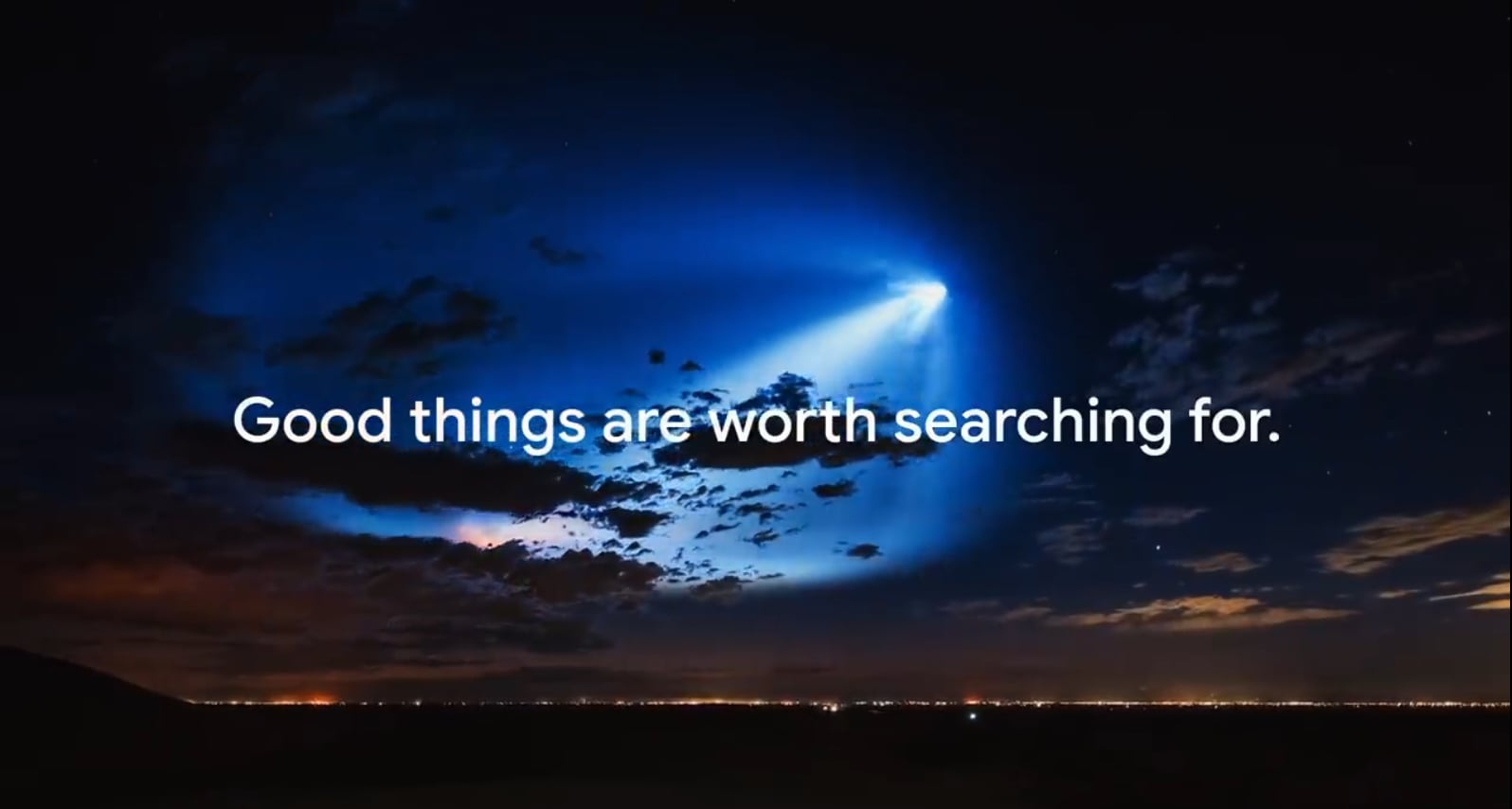
Year in Search began in 2009 as “Zeitgeist,” a written report of the public’s most common Google searches over the previous 12 months. The following year, Google curated all the news searches very adroitly in a 3-minute powerful video. Since then, every year this campaign comes as a reminder of our dependence on Google. And we can’t exactly call out Google and call it a fib, can we? The world population is indeed dependent on Google for information on the news and events.
Why did it work?
Without being contrived or smug about it, Google showed their audience why they need Google and how prevalent the platform is in their lives.
Google does not run it randomly, on random days. They know how to create a timeline for such campaigns, so their audience waits in anticipation for that time of the year when Google will come up with another wonderful video compilation.
How can you replicate this marketing campaign?
Just like Google, remind your customers how you have been helping them in their endeavors, and in the process try to elicit some emotions in them rather than feeling smug about it. By resonating with your audience’s voice and through an uplifting message, show your audience how your product is reflecting the best in them.
10. Anheuser-Busch: Whassup
Can you name a marketing campaign that made you change the way you talk? The answer is actually followed by another question: “Whassup?!”
This series of marketing campaigns, which first appeared in late 1999, shows a group of friends connecting on a group phone call while drinking beer and “watching the game” on TV.
It starts with a gentle “What are you doin’?” Then escalates further when a reply comes from the other end, saying, “Watching the game, havin’ a Bud” (a Budweiser). And then wham! Suddenly a friend picks up and hollers out “WHASSUP!?” From there, like a dynamo effect, it goes on back and forth. With this commercial “WHASSUP” actually became a catchphrase and a perfect display of beer-drinking culture.
Why did it work?
The company leveraged the power of popular pop-culture and the language that would appeal to their audience. I can totally imagine a bunch of jocks hanging out in their locker rooms and hollering out “WHASSUP” back and forth. And this is the audience that Anheuser-Busch catered to.
How can you replicate this marketing campaign?
This marketing campaign is the perfect reminder of the fact that to cater to your target audience you don’t need any ditzy, glamorous set or to splurge millions of dollars to feature a Hollywood star or a world-class athlete. Add a touch of hilarity and show some informal zeal to connect with your audience because sometimes they also want to see real people not uptight campaigns looking so far along with reality. So don’t worry about ruffling some feather and celebrate the absurdities of your audience.
The more genuine your marketing campaign is, chances are more people will want to connect with you and your product or services.
The final lesson
I started this post with a question that many marketers are always mulling over.
What will enthral the customers?
So, now you hopefully know what enthrals and binds the audience and make them feel a connection with your brand and product. However, don’t rip off these campaigns completely. Instead, take note of the lessons these campaigns teach and you and carefully note down the points you can replicate. Also, your marketing campaign needs to align with your own product completely.


